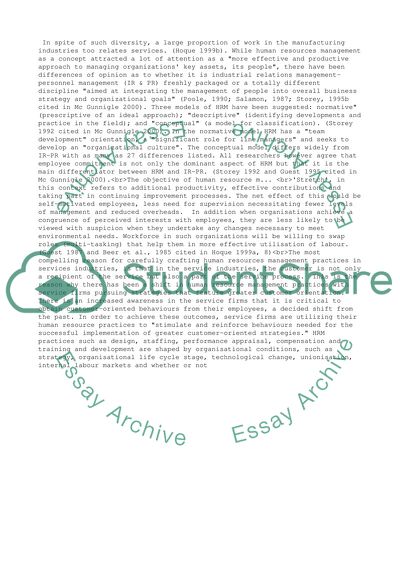Cite this document
(“HRM Of Bloomberg.Com Case Study Example | Topics and Well Written Essays - 5000 words”, n.d.)
Retrieved de https://studentshare.org/business/1502904-hrm-of-bloombergcom
Retrieved de https://studentshare.org/business/1502904-hrm-of-bloombergcom
(HRM Of Bloomberg.Com Case Study Example | Topics and Well Written Essays - 5000 Words)
https://studentshare.org/business/1502904-hrm-of-bloombergcom.
https://studentshare.org/business/1502904-hrm-of-bloombergcom.
“HRM Of Bloomberg.Com Case Study Example | Topics and Well Written Essays - 5000 Words”, n.d. https://studentshare.org/business/1502904-hrm-of-bloombergcom.


